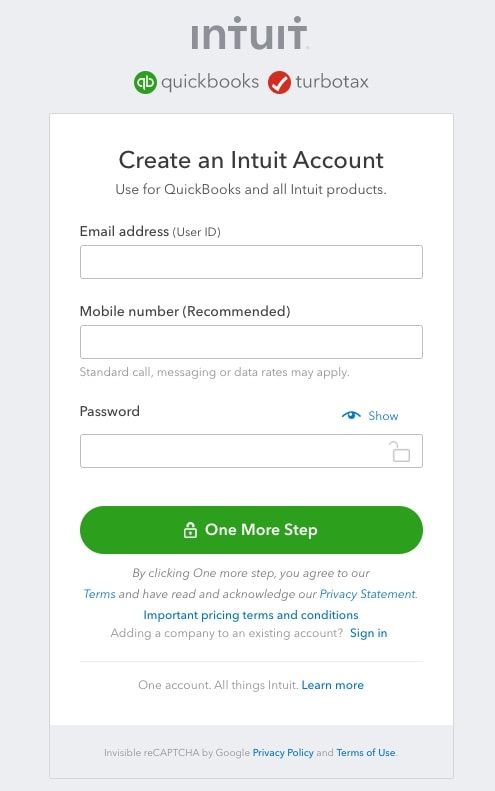Turn on suggestions
Auto-suggest helps you quickly narrow down your search results by suggesting possible matches as you type.
Showing results for
Hi there, @Chris.
In generally accepted accounting principles, whenever you create an invoice, it's automatically assigned to accounts receivable (A/R) and sales accounts. An invoice acts as a request for payment, and with that said, it is treated as a receivable.
If you've already received the payment for the product you've sold, you'll need to create a sales receipt as proof of payment for the transaction you've processed. These are the steps:
For further details, see this page: Create and send sales receipts in QuickBooks Online.
In case you haven't received the payment, feel free to visit this article to learn more about the process: Record invoice payments in QuickBooks Online.
@Chris, I'll be here in the Community space if you need assistance performing specific tasks inside QuickBooks. Have a good one!
So what your saying is that I can't issue an invoice without it being added to A/R?
My follow up to 'get me through' as you say is:
How can I ensure the amount is added to the A/R in the correct future month? To explain I want to issue an invoice now (March) for a service to be provided in August. For accounting I don't want to treat that as income until August but despite the due date being set for that month QB is still adding it immediately to A/R. This is incorrect as the amount is not yet due and indeed maybe cancelled prior to delivery. Surely there must be a way to get QB to process this correctly?
Yes, when you issue an invoice it'll automatically be added to accounts receivable (A/R), @Chris. I'll gladly share more details about this below so you can manage your income transactions accordingly.
I agree with my colleague that an invoice acts as a request for payment that is receivable for your business. In QBO, your income is determined based on your preferred accounting method. When you use the cash method, your report will count income when you receive the payment for your invoice. Though you issue an invoice in March, your customer paid it in August. Thus, your income will be added in August.
While the accrual method will count your income as soon as you send your invoice even if the payment hasn't been made. When you issue an invoice in March, your income will be counted on the said month as well.
You can learn more about the difference between the cash and accrual methods by checking out this article: Choose between cash and accrual accounting methods in reports.
Also, your business may receive retainers or deposits from customers before performing any services. When you send an invoice, you can pay it using the money from the deposits. If you wish to learn more about this process in QBO, you can check out this article: Record a retainer or deposit.
If you have other concerns about managing invoices and income transactions in QBO, please feel free to leave a comment below. I'm always ready to help. Take care, @Chris.

You have clicked a link to a site outside of the QuickBooks or ProFile Communities. By clicking "Continue", you will leave the community and be taken to that site instead.
